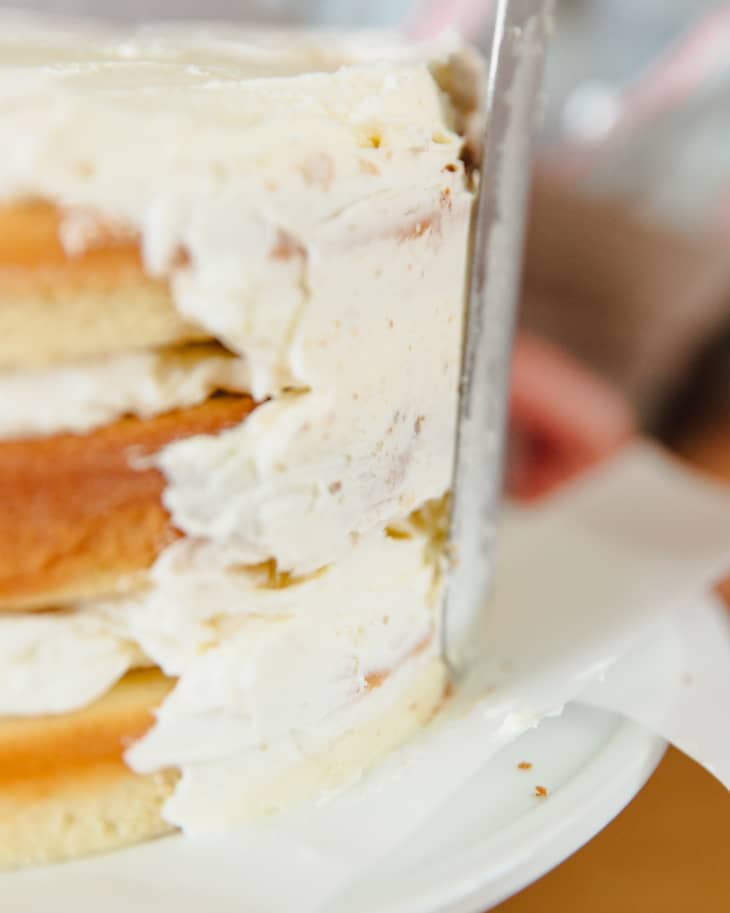What Is a Crumb Coat?
Baking, frosting, and decorating beautiful cakes involves a whole set of terms that you won’t find used in other baking projects. One such term is a crumb coat. Let’s take a look at what that term means and why it’s important in the world of cake.
A crumb coat is a thin layer of frosting that’s spread over the cake first. If you’ve ever simply tried to frost a cake with just one thick layer of frosting, you know all too well that little stray crumbs usually get caught in it. A crumb coat prevents that. Think of it as a base coat; it latches onto these crumbs so that the second, thicker coat won’t. Whether it’s a tall birthday cake or a simple single-layer cake, a crumb coat is helpful when your goal is a perfectly frosted creation.
Crumb Coat for Style
But perfect is in the eye of the beholder. Recently, there’s been a trend of simply stopping at the crumb coat and not applying that second layer frosting. Sometimes called a naked cake, the result is a creation that bears a rustic, unfinished look — perfect for those who want something a little more minimal or who would just rather not have a cake with a whole lot of frosting.
To apply a crumb coat, simply use an offset spatula or knife to spread a thin coat of frosting over the sides and top of the cake. Try to get it as even as possible, covering the whole cake, and then either stop there if you want to keep that naked look or chill the cake for 10 to 15 minutes to let the crumb coat set before applying the top coat of frosting.
More on Cake Frosting: Baking School Day 20: Cake Decorating
